Foreign Trade and Transport in Ethiopia, Addis Ababa
Business in Ethiopia, Adama, Gondar, Addis Ababa, Mek'ele, Hawassa

Ethiopia (Federal Democratic Republic of Ethiopia) is an East African landlocked country
- የኢትዮጵያ ፌዴራላዊ ዲሞክራሲያዊ ሪፐብሊክ in Amharic
- Ethiopia is the oldest independent African state (History of Ethiopia)
- Addis Ababa is the economic, political and administrative capital of Ethiopia and the largest Ethiopian city
- The headquarters of the African Union (AU) and the Economic Commission for Africa of the UN are in Addis Ababa
- The largest cities of Ethiopia are Addis Ababa, Adama, Gondar, Mek'ele, Awasa, Bahir Dar (Dessie), Dire Dawa, Jimma and Jijiga
- Ethiopia is an African Frontier Market
- Ethiopia is one of the most dynamic economies in the world
- Ethiopian agriculture:
- 85% of the active population
- Main Ethiopian agricultural products are coffee, legumes, oilseeds, cereals, potatoes, sugarcane and vegetables
- Coffee is the main export product
- Ethiopia is the second largest African corn producer
- Ethiopia has 14 main rivers, including the Nile.
- Ethiopia has the largest water reserves in Africa
- Ethiopian hydroelectric power stations: 89% of the total installed electricity capacity
- Ethiopia share borders with Djibouti, Eritrea, Kenya (861 kilometres), Somalia (1,626 kilometres), Sudan (769 kilometres) and South Sudan
- Transport and Logistics in Ethiopia
 Ethiopian Students from Ethiopia
Ethiopian Students from Ethiopia


More information: International Trade and Business in Ethiopia, at EENI Global Business School.
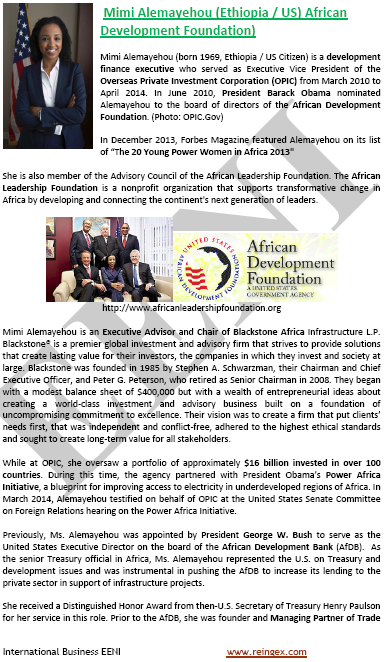
Ethiopian population: 105 millions Ethiopians
- Ethiopia is the second most populated African Country
- Ethiopia is the most populated landlocked country of the World
- 1983: 34 millions of Ethiopians
- Ethiopian Population density: 88 inhabitants / km²
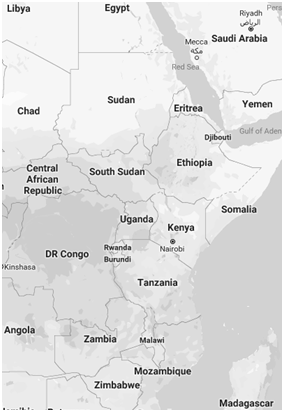
- Area of Ethiopia: 1,127,127 km²
- Ethiopia is located in the Horn of Africa, in a vast complex of mountains and plateaus divided by the Great Rift Valley
- The great diversity of the terrain determines great variations in its climate
- Ethiopia is a Federal Republic
- Calling code: 251
- Country code top-level domain: .et
- Currency of Ethiopia: Birr (ETB)
Sheik Mohammed Hussein Ali Al Amoudi
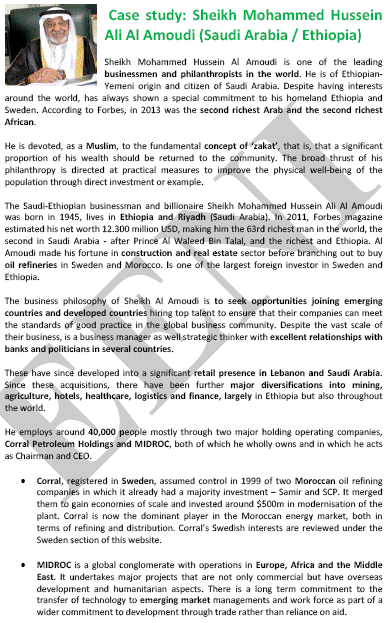
Regions of Ethiopia
The two Ethiopians «cities-regions» are (city / population in a million people):
- Addis Ababa (city) / 3,3
- Dire Dawa (city) / 0,4
The nine regions of Ethiopia are (population in a million people / area / capital)
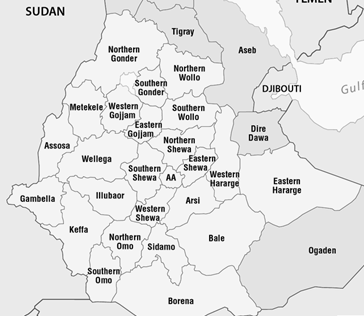
- Afar / 3.8 / Semera
- Amhara / 28.4 / Bahir Dar
- Benishangul-Gumuz / 1 / Asosa
- Gambela / 0.4 / Gambela
- Harari / 0.2 / Harar
- Oromia / 33.7 / Adama
- Somali / 8.5 / Jijiga
- Southern Nations, Nationalities, and Peoples' Region / 18.2 / Hawassa
- Tigray / 5 / Mek'ele
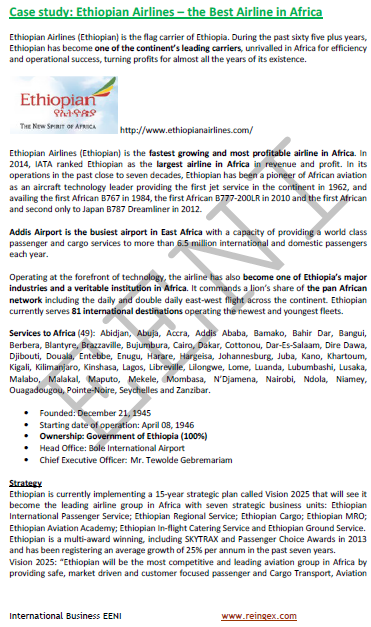

Trade and Business Organisations (Ethiopia)
- Intergovernmental Authority on Development (IGAD)
- Common Market for Eastern and Southern Africa (COMESA)
- U.S.-COMESA Agreement
- COMESA-EAC-SADC Agreement
- Nile Basin Initiative (NBI)
- Conference on the Great Lakes Region (guest member country)
- African Development Bank
- African Union
- AUDA-NEPAD
- Economic Commission for Africa
Main Ethiopian ethnicities:
Oromo are the most important ethnic group in Ethiopia (35% of the Ethiopians)
Amhara represent 27% of the Ethiopian population
Other ethnic groups are Somalis, Tigray, Sidama, Ghage, Welayta and Afar.
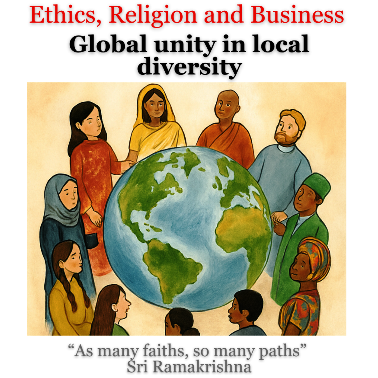
Religions and Global Business -
Religious diversity
Religions in Ethiopia:
- Orthodox Christianity (43% of the Ethiopian population)
- Sunni Islam (34%)
- African Traditional Religions
Languages of Ethiopia
More than 90 languages are spoken in Ethiopia.
Most Ethiopians speak Afro-Asiatic languages (Cushitic or Semitic branches).
- Amharic, spoken by Amhara. Amharic is the official Ethiopian language
- Tigrinya, spoken by Tigrinya
- Oromiffa, spoken by Oromo
- Somali, spoken by Somalis
Ethiopia and Eritrea use the ancient Ge'ez alphabet, one of the oldest alphabets in the world

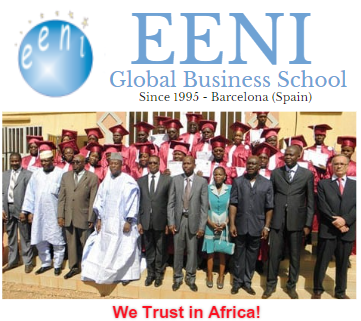
 Tweet
Tweet

